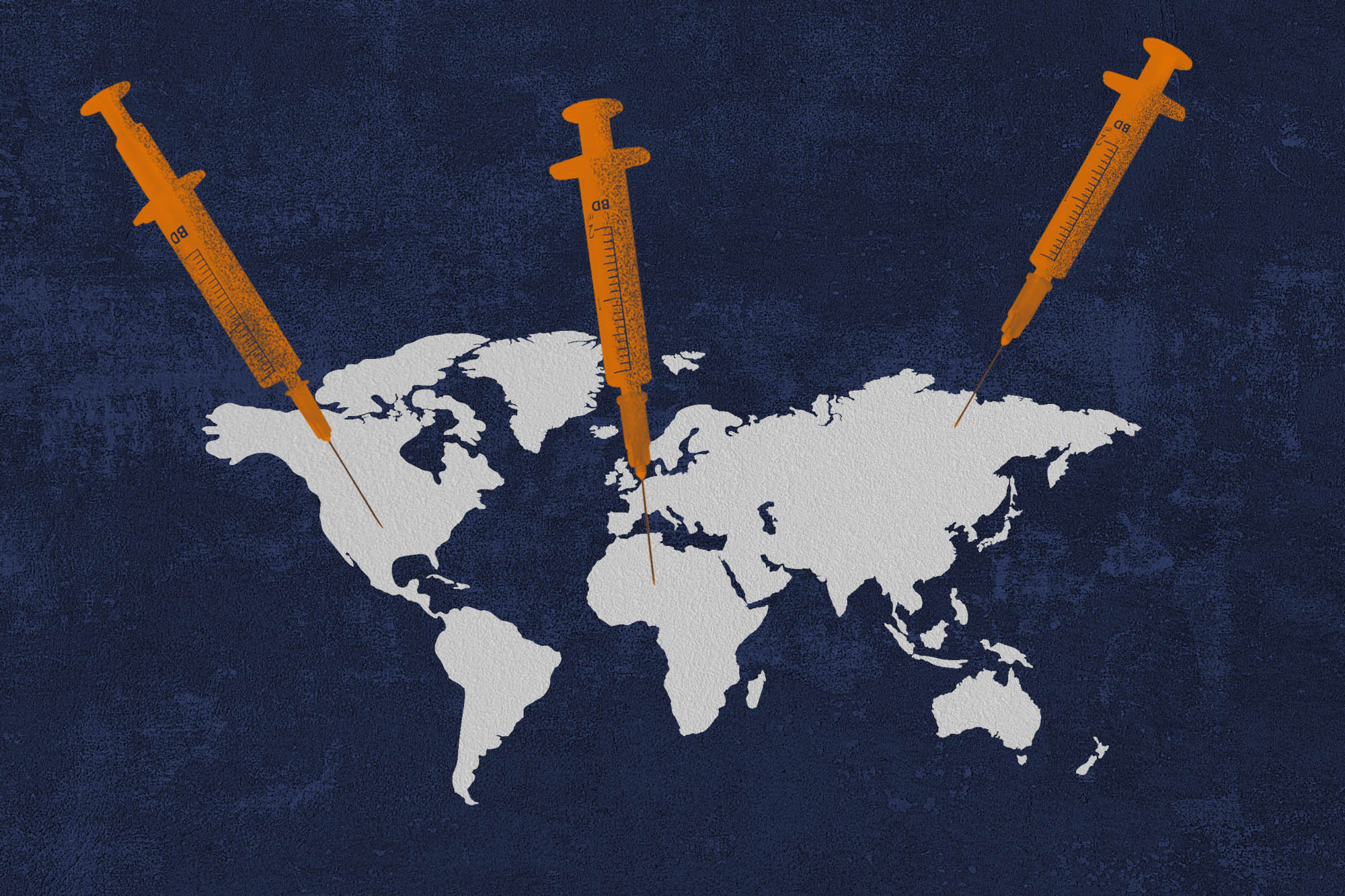
[ad_1]
An international team of scientists has created a powerful new resource to accelerate the development of vaccines and treatments to fight the next pandemic.
Wladek Minor, a researcher at the University of Virginia School of Medicine, and his collaborators in China and Poland have developed an Internet-based information system called virusMED that describes everything we know about atomic structure and potential vulnerabilities of over 800 virus strains from 75 different virus families, including SARS-CoV-2, influenza, Ebola and HIV-1. Several of the collaborators, including lead investigator Heping Zheng, are former students and members of Minor’s lab at AVU.
This new protein panorama of potential threats will help scientists respond quickly and effectively against the next pathogen poised to wreak havoc on humanity. Minor and coworkers liken the resource to Google Maps, in that it organizes and annotates key points of interest about a virus that scientists can use as a roadmap for drug and vaccine development.
“The battle with COVID-19 is not over yet, but we can’t wait to start preparing for the next pandemic,” said Minor, Harrison Distinguished Professor of Molecular Physiology and Biological Physics at UVA. “VirusMED is a step towards an advanced information system that brings together researchers with diverse expertise to meet complex biomedical challenges. The information in virusMED will help viral researchers in many disciplines, especially those working on drug design or antiviral therapies. We provide novel structural analysis and integrate relevant information from various resources to provide a comprehensive picture of the most important and vulnerable regions of proteins.
Virus access points
By rapidly unlocking the mechanism of action of the SARS-CoV-2 virus, scientists were able to develop safe and effective vaccines against COVID-19. Minor’s new database aims to put this kind of critical information at the fingertips of scientists in one convenient place.
VirusMED contains detailed information about virus species and strains, hosts, viral proteins, and antibodies, as well as drugs that have already been approved by the United States Food and Drug Administration, among other important scientific data. Researchers call the points of interest of a virus its “hot spots,” and these hot spots provide solid starting points for drug and vaccine development.
“One of the most promising strain-indifferent antibody therapies developed for the treatment of COVID-19 used this type of information to enhance a single antibody isolated from a survivor infected with the SARS virus in 2003,” said said David Cooper, a research faculty member in Minor’s lab. “People who are surprised by the rapid design of drugs and vaccines do not realize that researchers today are building on decades of previous research. “
One of the main advantages of virusMED is that it brings together existing knowledge about viruses in one place, Minor said. Previously, this data was spread across multiple resources and often “siled”, so it was not easily accessible. With virusMED, researchers can browse information by virus or by their point of interest.
The free database accessible to all is available on https://virusmed.biocloud.top.
“One of the goals of my lab is to create tools that other scientists can use. We look at the forest and find ways to help others focus on the trees, ”Minor said. “Generating resources is not glamorous, but the ultimate goal of science is to improve lives. One of the article’s anonymous reviewers claimed that they instantly became an enthusiastic user of the system. We expect virusMED to make a real difference. “
Published results
The researchers have published their results in the scientific journal IUCr Journal. The work will be featured on the cover of the journal. The research team consisted of HuiHui Zhang, Pei Chen, Haojie Ma, Magdalena Woinska, Dejian Liu, Cooper, Guo Peng, Yousong Peng, Lei Deng, Minor and Zheng.
The work was supported by the Hunan Province Natural Science Foundation and the National Natural Science Foundation of China. Minor and Cooper were supported by the National Institute of General Medical Sciences at the National Institutes of Health, grant R01-GM132595.
To follow the latest news from AVU medical research, subscribe to the Make medicine Blog.
[ad_2]
Source link